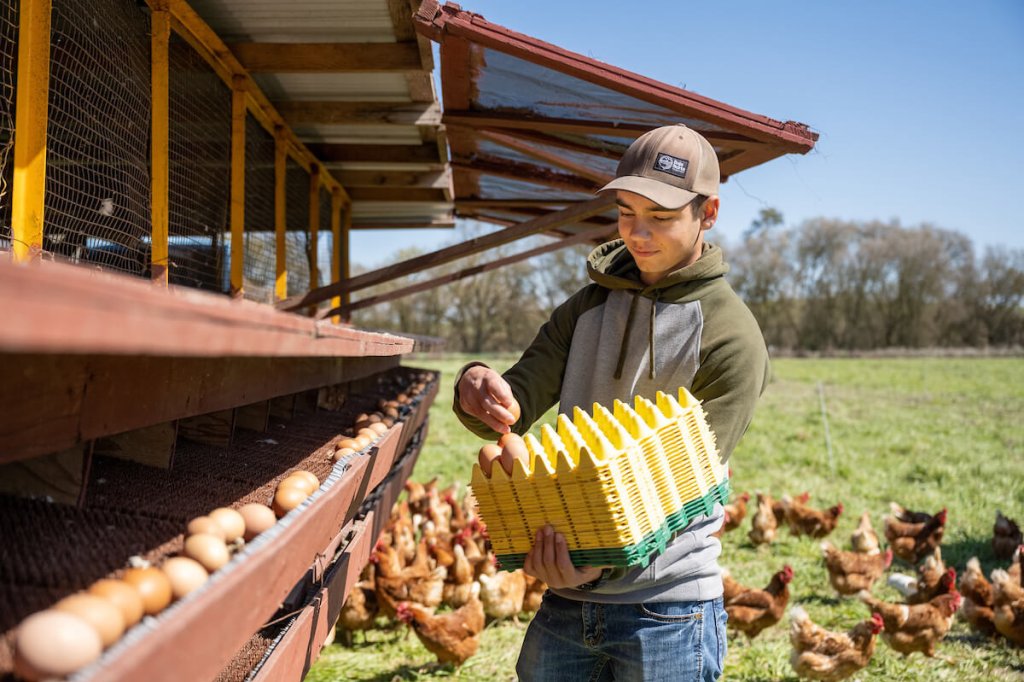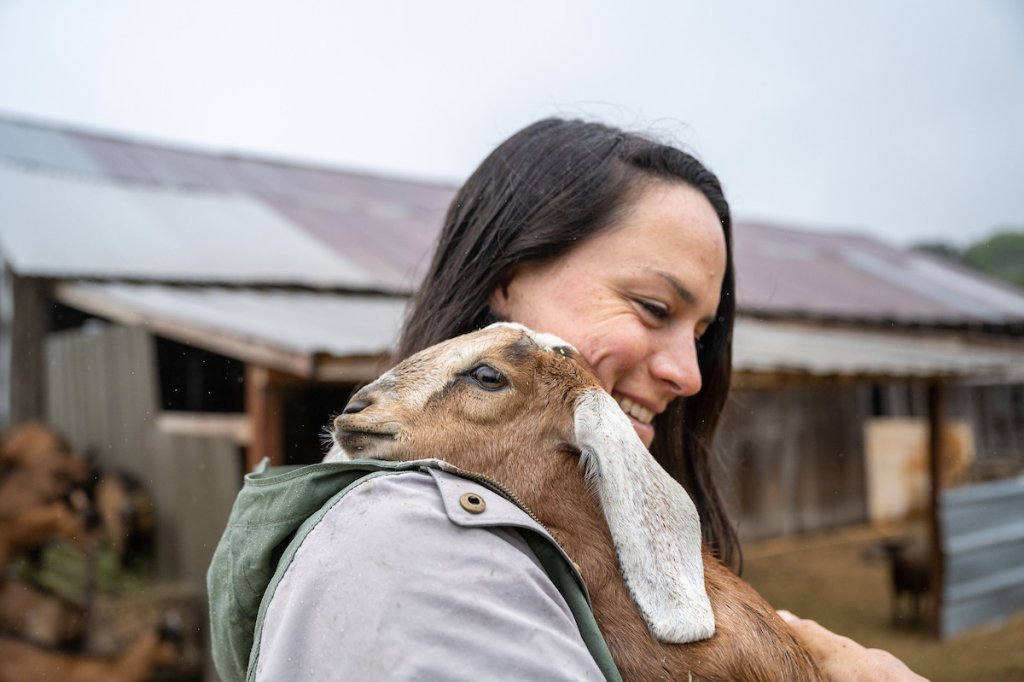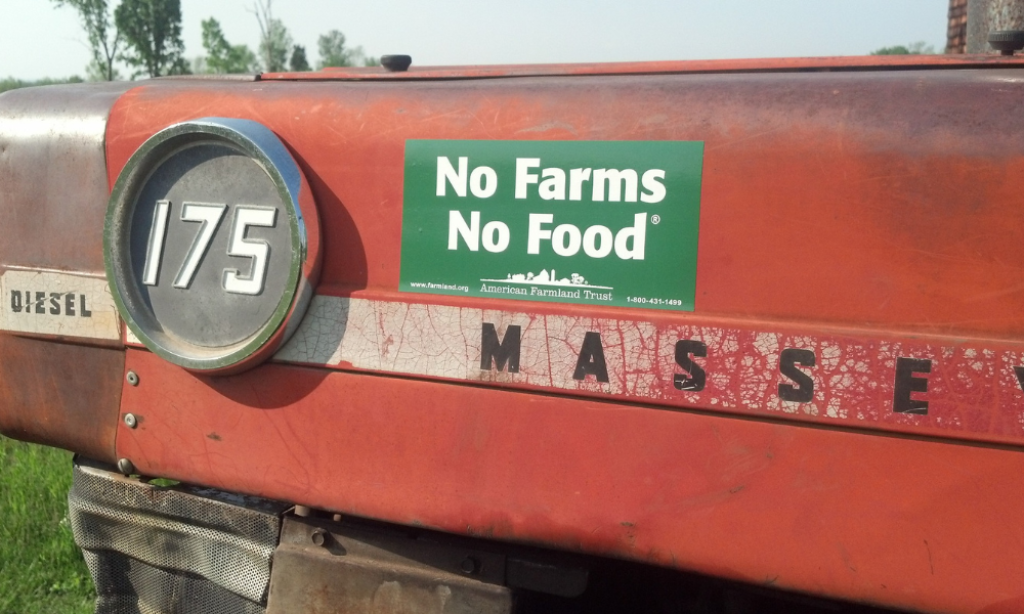American Farmland Trust Calls on the Biden Administration to Protect and Conserve 30 Percent of Working Farmland and Ranchland to Achieve 30×30
WASHINGTON, D.C. – Today, American Farmland Trust released “Agriculture’s Role in 30×30: Partnering with Farmers and Ranchers to Protect Land, Biodiversity, and the Climate” outlining agriculture’s critical role in the effort to “conserve at least 30 percent of our lands and waters by 2030” as put forth in the Biden administration’s January 27, 2021, Executive Order on Tackling the Climate Crisis at Home and Abroad. AFT’s recommendations make it clear that we urgently need to both permanently protect five percent of vulnerable working lands from being converted to development and support landowners’ voluntary efforts to implement conservation practices on an additional twenty-five percent of working lands, particularly in biodiversity hotspots, key connectivity corridors and areas with high carbon sequestration potential.
Roughly 60 percent of the land in the United States is privately owned and many, if not most, wildlife species rely on these lands for habitat and foraging. Although the areas of greatest biodiversity and carbon sequestration are mostly composed of private lands – such as rangelands, grasslands, and private forests – only a fraction of privately held land is protected.
About seven million acres, or less than 1 percent of our agricultural land, is permanently protected. American Farmland Trust’s 2020 report, “Farms Under Threat: The State of the States” showed that between 2001 and 2017, 11 million acres of farmland and ranchland were converted to urban and highly developed land use or low-density residential land use. Another 6.5 million acres of forest were converted over that same timeframe. A significant portion of this conversion occurred in ecoregions or states of biodiversity significance.
Development has a detrimental effect on biodiversity because it removes habitat, increases disturbances, reduces connectivity and makes it harder for many species to thrive. In contrast, private working lands have the potential to provide habitat and shelter for wildlife while maintaining their productivity, if they are protected from development. Private working lands can serve as buffers between core wildlife habitat (natural lands) and developed areas. They can also help connect natural areas by providing landscape linkages. These connectivity corridors permit the daily and seasonal movements of animals within home ranges and facilitate dispersal and genetic interchange between populations.
“Our nation’s farmers, ranchers and foresters are essential allies in the effort to reach the 30×30 goals for biodiversity conservation and climate mitigation. The lands that they manage are critical for wildlife habitat, carbon sequestration, food security, clean water, and rural prosperity,” said Mitch Hunter, AFT research director. “The U.S. needs bold, new approaches to enlist their help at the vast scale required to effectively protect biodiversity and stabilize the climate. In addition, protecting working lands advances critical environmental and food security benefits that perhaps weren’t front and center when 30×30 was conceived, but which are clearly now priorities.”
American Farmland Trust has been working on protecting farmland and implementing conservation practices on the land since its founding in 1980 and has deep expertise in what is required to support private landowners, farmers, ranchers and foresters in the efforts that will be required to achieve the 30×30 goal. The prescriptions laid out in AFT’s recommendations are backed by science, on-the-ground experience, and an understanding of how state, federal and local policies must work in tandem to support land protection and conservation.
AFT recommends that the Biden Administration take the following actions in support of the 30×30 initiative:
Commit to protecting and conserving 30 percent of working farmland and ranchland by 2030 (including permanently protecting 5 percent of working land with agricultural conservation easements).
Take immediate action to accelerate working lands protection and biodiversity conservation using USDA’s existing programs and authorities.
Fight the loss of working lands to development by proposing legislation to dramatically expand the Agricultural Conservation Easement Program – Agricultural Land Easements and Healthy Forest Reserve Program and strengthening the Farmland Protection Policy Act.
Launch a targeted effort to protect wildlife habitat on working lands by proposing legislation to provide major new funding for the Regional Conservation Partnership Program to establish an initiative focused on protecting and conserving private working lands in biodiversity hotspots and wildlife movement corridors.
To be successful, these policies must embrace USDA’s legacy of voluntary, incentive-based, and locally-led conservation and be strategically targeted. They must also recognize the needs of indigenous peoples, rural communities, historically underserved groups, and future generations while drawing on the generational knowledge of long-time land stewards.




